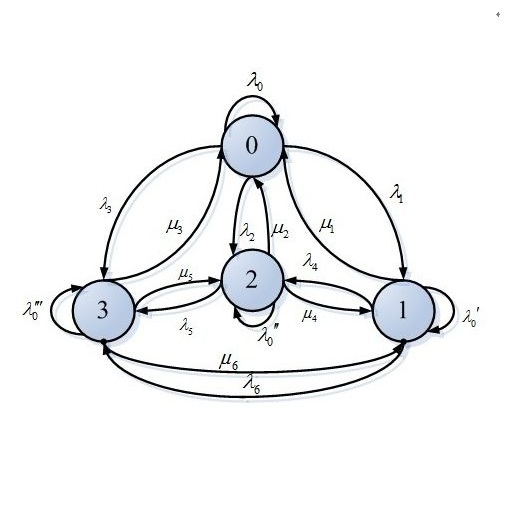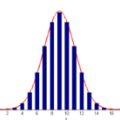Efficient sampling from a high-dimensional Gaussian distribution is an old but high-stake issue. Vanilla Cholesky samplers imply a computational cost and memory requirements which can rapidly become prohibitive in high dimension. To tackle these issues, multiple methods have been proposed from different communities ranging from iterative numerical linear algebra to Markov chain Monte Carlo (MCMC) approaches. Surprisingly, no complete review and comparison of these methods have been conducted. This paper aims at reviewing all these approaches by pointing out their differences, close relations, benefits and limitations. In addition to this state of the art, this paper proposes a unifying Gaussian simulation framework by deriving a stochastic counterpart of the celebrated proximal point algorithm in optimization. This framework offers a novel and unifying revisit of most of the existing MCMC approaches while extending them. Guidelines to choose the appropriate Gaussian simulation method for a given sampling problem in high dimension are proposed and illustrated with numerical examples.
翻译:高山高地分布的高效取样是一个老问题,但却是高吸量高的问题。 Vanilla Chalessky 采样器意味着计算成本和内存要求,这种计算成本和内存要求在高维方面可能迅速变得令人望而却步。为了解决这些问题,从迭代数字线性代数到马尔科夫连锁Monte Carlo(MCMC)等不同社区提出了多种方法。令人惊讶的是,对这些方法没有进行全面的审查和比较。本文件的目的是通过指出它们的差异、密切关系、利益和局限性来审查所有这些方法。除了这种先进情况外,本文件还提出一个统一的高山模拟框架,在优化中产生一个著名的准点算法的随机对应方。这个框架提供了对现有大多数多部MMCM方法进行的新颖和统一的重新审视,同时加以扩展。提出并用数字示例来说明选择高山模拟高地方法解决高地取样问题的指导方针。



